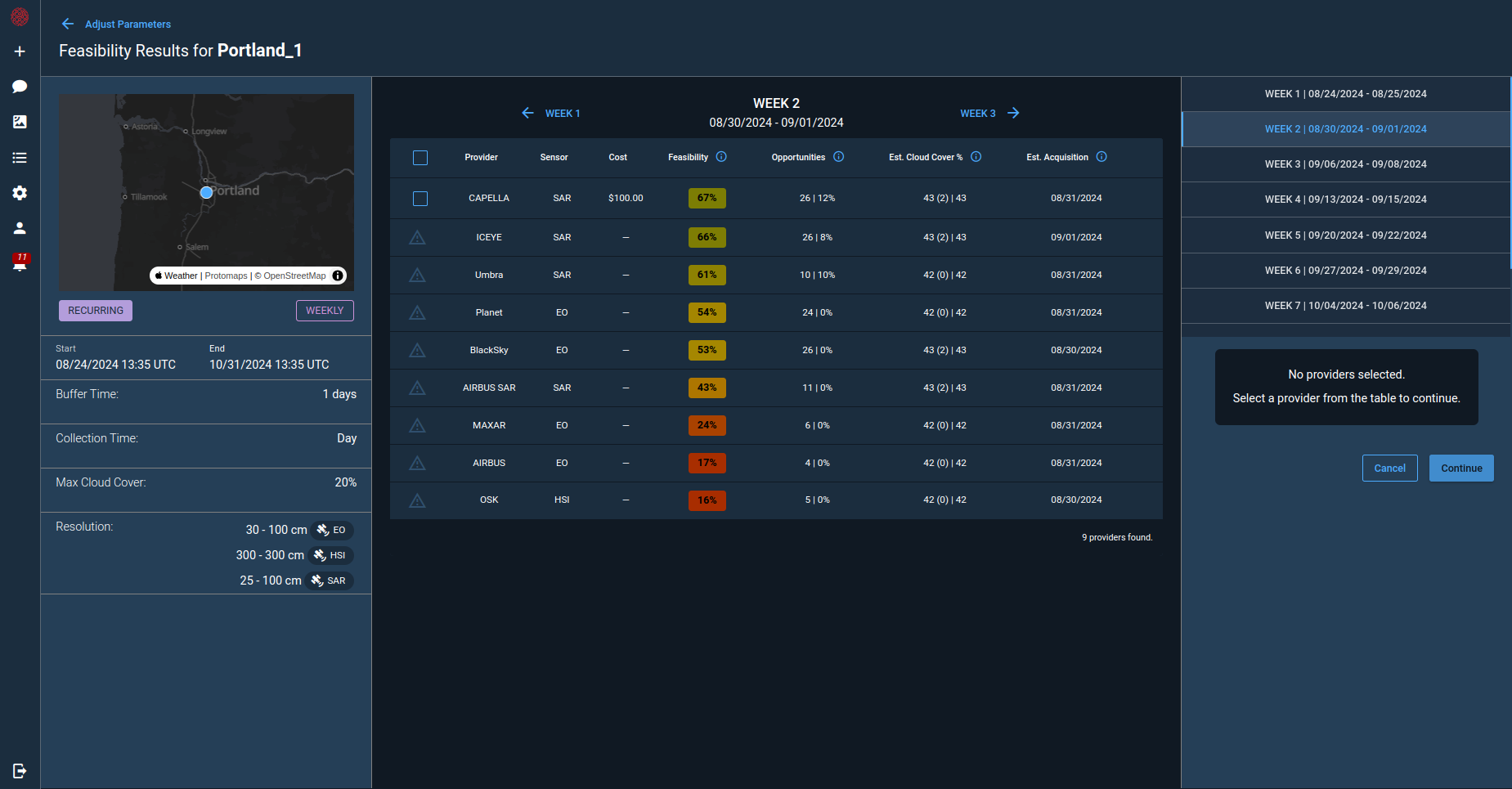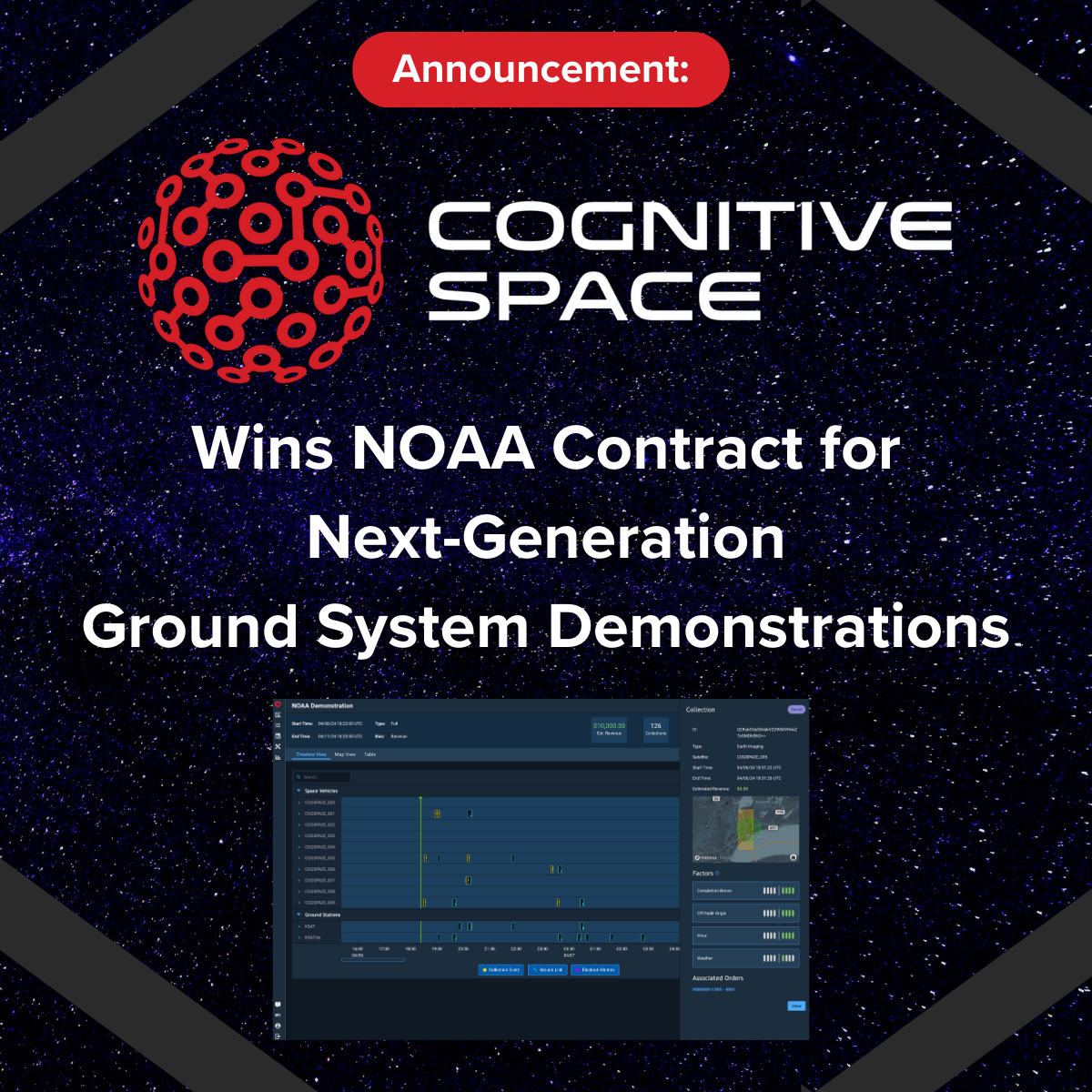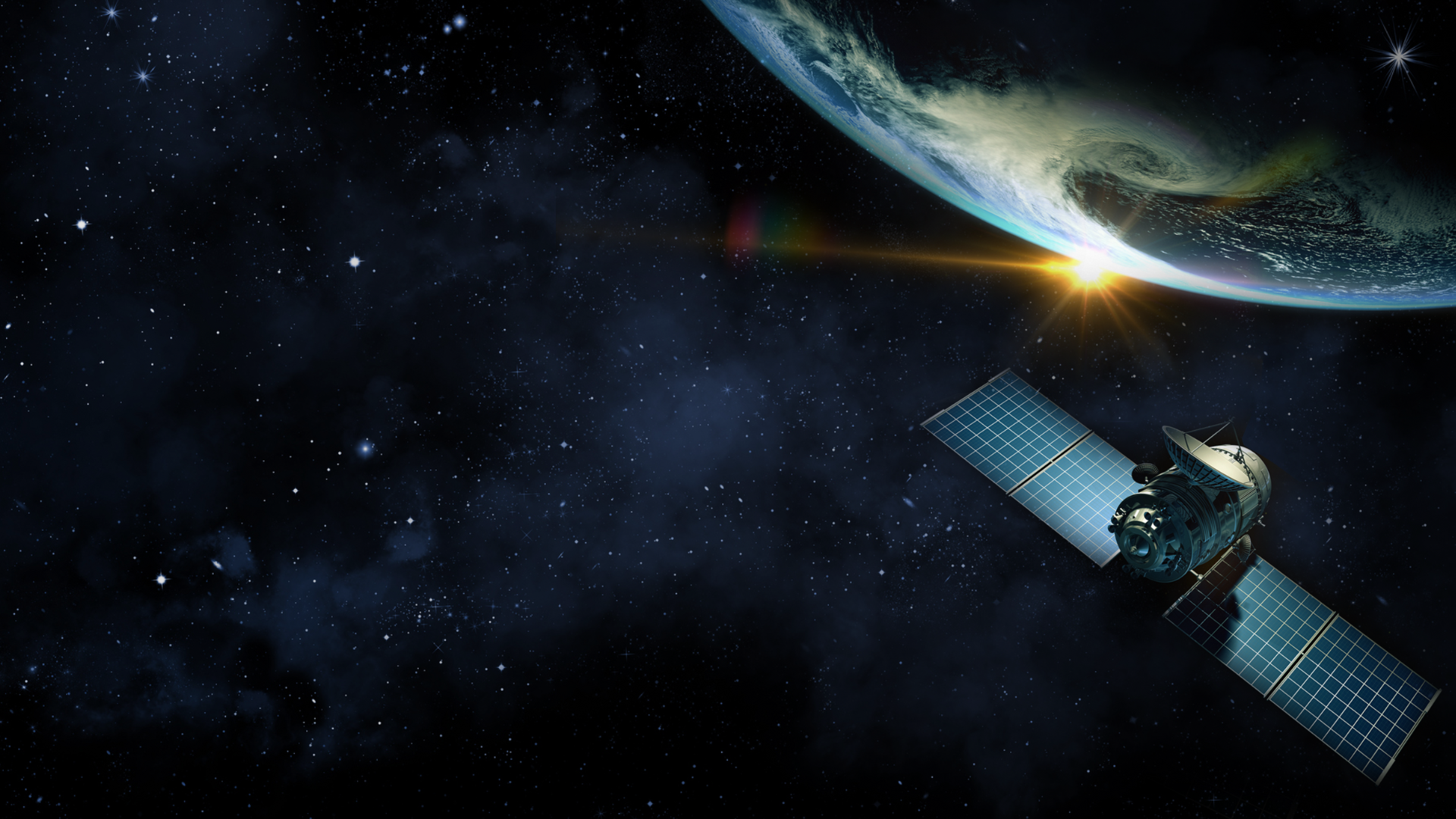Breaking Down the Status Quo of Constellation Management
As the number of satellite constellations in space continues to grow, we can anticipate an even greater number of launches in the years to come. Satellite constellations are a crucial part of our modern world, serving diverse functions ranging from global communication networks to Earth observation and navigation systems. However, as these constellations continue to multiply and expand, their management has grown in complexity and scale, demanding a solution.
Artificial Intelligence (AI) and Machine Learning (ML) are reshaping satellite constellation management, characterized by dynamic and adaptive solutions that hold the potential to address the complexities of modern space technology. As we look to the future, these technologies will play a critical role in ensuring the continued success and reliability of satellite constellations.
What Is The Current State of Satellite Constellation Management?
The current landscape of satellite constellation management has largely relied on conventional methods that, while functional, may not be fully equipped to address the dynamic and evolving challenges of modern space technology.
One simple approach that’s been widely adopted in the industry is the First In, First Out (FIFO) model. With this methodology, customer orders are fulfilled strictly in the order they are received, without considering the broader activities and revenue drivers of the satellite constellation. While this approach can be efficient for
straightforward operations, it often fails to adapt to rapidly changing customer priorities and the need for dynamic responses.
Thus, many operators of satellite constellations opt to build their own tools in-house. These tools often involve scripting basic mission management functions, such as deciding on collection priorities, managing communications, and scheduling satellite operations, in a decentralized way. These scripts essentially hardcode adaptability and variability breakdowns, which can limit their effectiveness when facing complex and unpredictable scenarios. Such scripts are typically designed to handle routine tasks and may struggle when dealing with unexpected challenges. While this approach provides a degree of control, it can lead to a rigid system that struggles to adapt to rapidly changing circumstances.
Furthermore, some companies claim to offer products for satellite constellation management, aiming to provide turnkey Tracking, Telemetry, and Control (TTC) systems as a service. However, these solutions often turn out to be little more than interfaces for scripting commands, lacking the big-picture perspective required for effectively managing a satellite constellation. While these options may offer some level of automation, the reality is that many of these tools fall short when it comes to providing the true management capabilities required for dynamic decision-making.
With swiftly changing customer priorities, variable satellite health, and an increasingly competitive market, the need for a more dynamic and adaptable approach to satellite constellation management is evident. The limitations of conventional methods are driving the industry to seek innovative solutions that can navigate the intricacies of modern space technology.
AI & ML Applications in Constellation Management
For far too long, satellite constellation management has relied on manual, human-driven approaches for deployment, control, and monitoring. However, Artificial Intelligence and Machine Learning are playing an increasingly pivotal role in managing satellite constellations. These advanced technologies offer dynamic and adaptive solutions that can address the decision making for many routine tasks and procedures. Here’s a closer look at how AI and ML are reshaping the landscape:
Automated Decision-Making
Satellite constellation management involves a multitude of parameters and variables, including priority, latency requirements, environmental factors, cloud cover, and ground station availability, among others. AI and ML systems excel at automating decision-making processes, leveraging real-time data and predictive analytics to optimize scheduling, collection management, and link management.
Dynamic Adaptability
Traditional heuristic-based software often struggles to adapt swiftly to changing conditions. AI and ML provide a dynamic framework that can respond in real-time to alterations in operational priorities, unexpected shifts in demand, or environmental changes. Learning and relearning as the constellation is flown. This adaptability ensures the efficient use of satellite resources.
Scheduling Optimization
Machine learning techniques enable the dynamic automation of scheduling tasks. These systems can continuously analyze and optimize the allocation of satellite resources, ensuring that data is collected and transmitted in the most efficient and timely manner possible. This is particularly valuable in scenarios where customer demands fluctuate rapidly.
Collection Management
AI and ML can assist in the management of data collection by intelligently prioritizing requests based on factors such as urgency, data availability, and mission objectives. This ensures that the most critical data is acquired first, enhancing the overall utility of the satellite constellation.
Link Management
Efficiently managing data links is crucial to satellite constellation performance. AI and ML techniques can analyze link conditions in real-time and make adjustments to ensure optimal data transfer rates. This is especially vital in situations where bandwidth is limited or communication quality varies.
AI and ML can automate complex decision-making processes and dynamically adapt to changing circumstances. These technologies enhance efficiency, optimize resource allocation, and ultimately improve the reliability and utility of satellite-based services in an ever-evolving landscape.
The bottom line? Automation makes your satellite constellation management more efficient than ever.
The Future of Constellation Management: CNTIENT.Optimize
CNTIENT.Optimize provides a flexible and automated solution for satellite management, capable of handling large constellations, rapid satellite onboarding, and optimizing complex prioritizations.
With dynamic satellite operations, time is of the essence. CNTIENT.Optimize is designed to slash latency in decision-making processes and tasking, ensuring that critical actions are executed swiftly. This means quicker response times to changing conditions and priorities. Downtime is the enemy of efficiency. CNTIENT.Optimize minimizes downtime, ensuring that your spacecraft and system remains operational. This directly translates into increased productivity and resource utilization.
 CNTIENT.Optimize AI-based automated and scalable task scheduler against dynamic priorities and constraints, from single satellites to mega constellations
CNTIENT.Optimize AI-based automated and scalable task scheduler against dynamic priorities and constraints, from single satellites to mega constellations
With CNTIENT.Optimize, you can maximize the yield of your spacecraft and system, aligning them more effectively with your business objectives to get the most out of your satellite assets and optimize their performance to meet your operational goals.
In an industry where profitability often hinges on the amount of data collected, Optimize gives a competitive edge. Smaller satellite constellations often find themselves in a race to achieve profitability. CNTIENT.Optimize equips them with the tools needed to optimize operations, making it possible to compete effectively in the market.
Contact us to automate your satellite operations.







